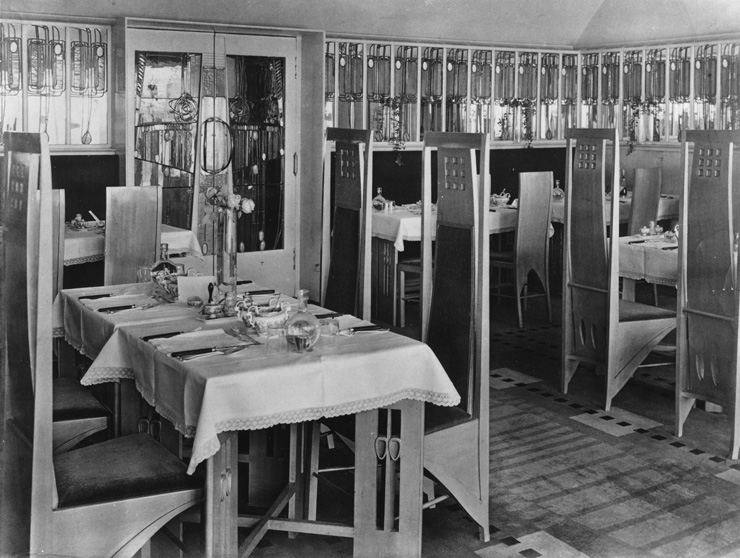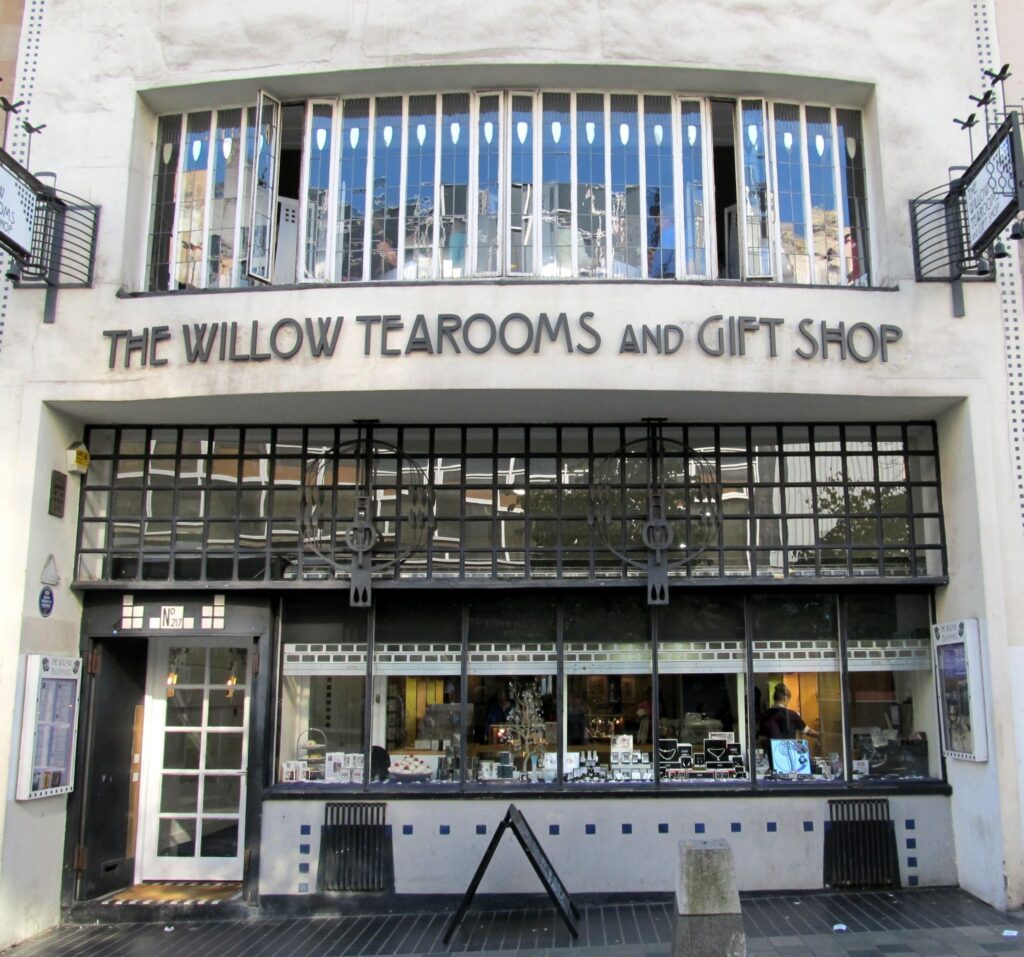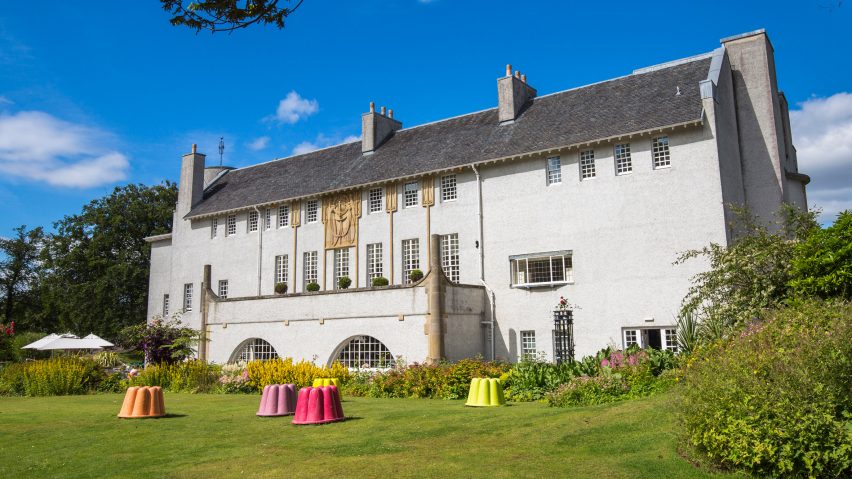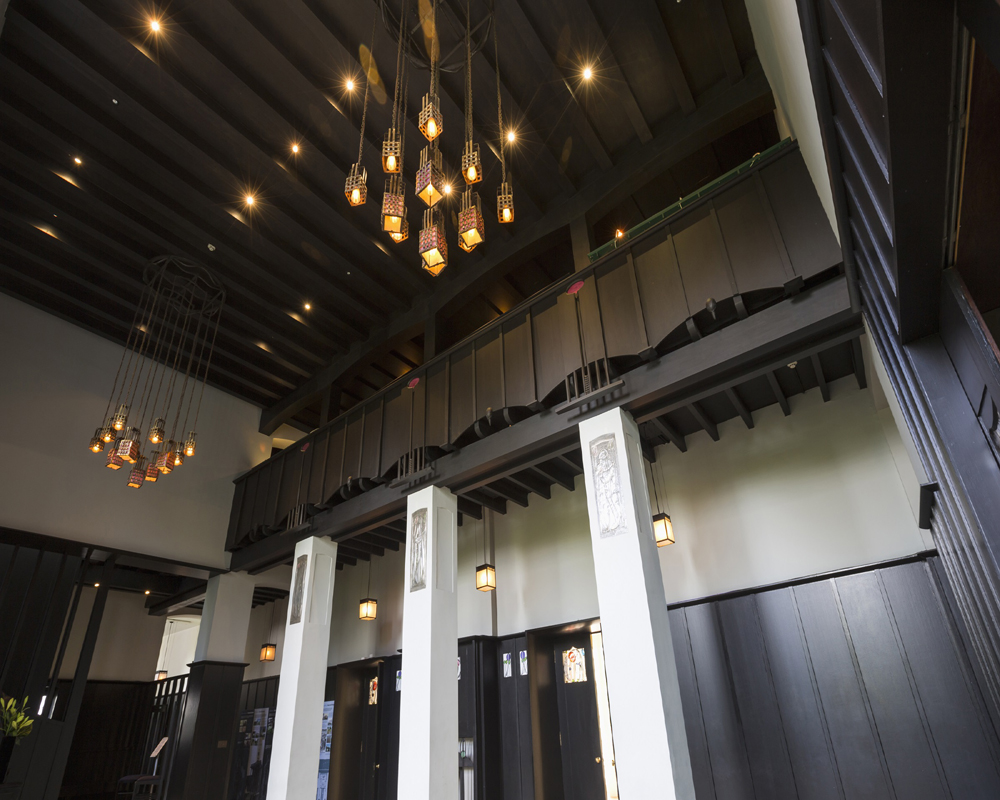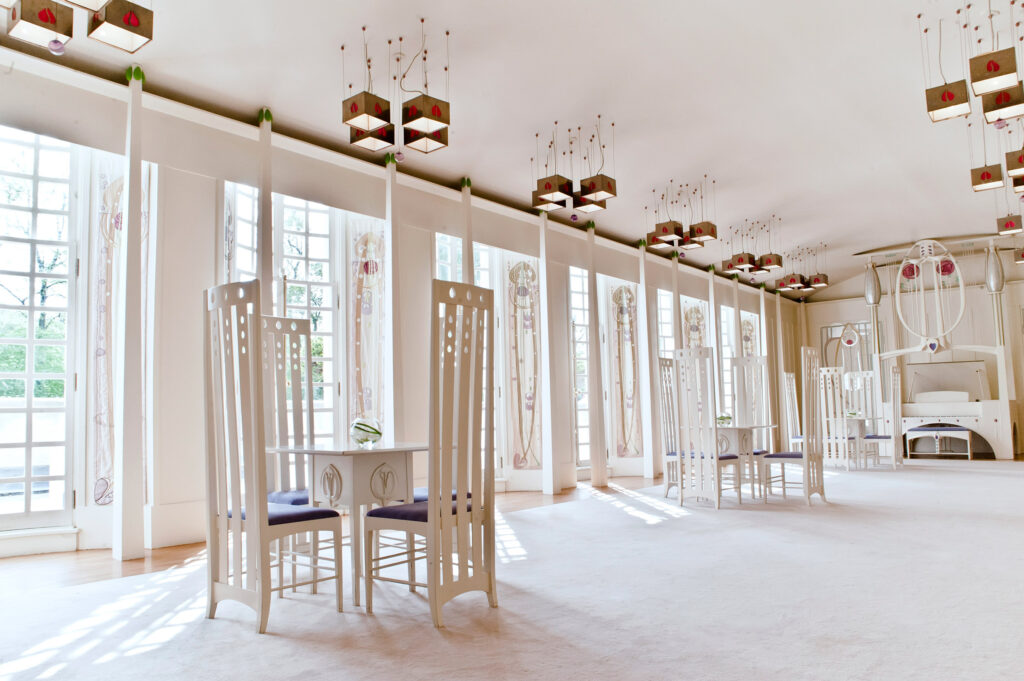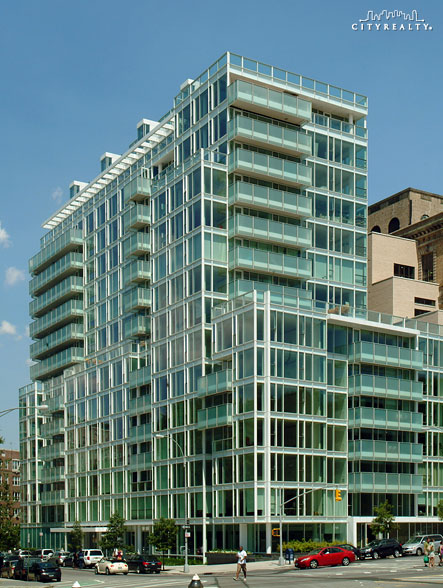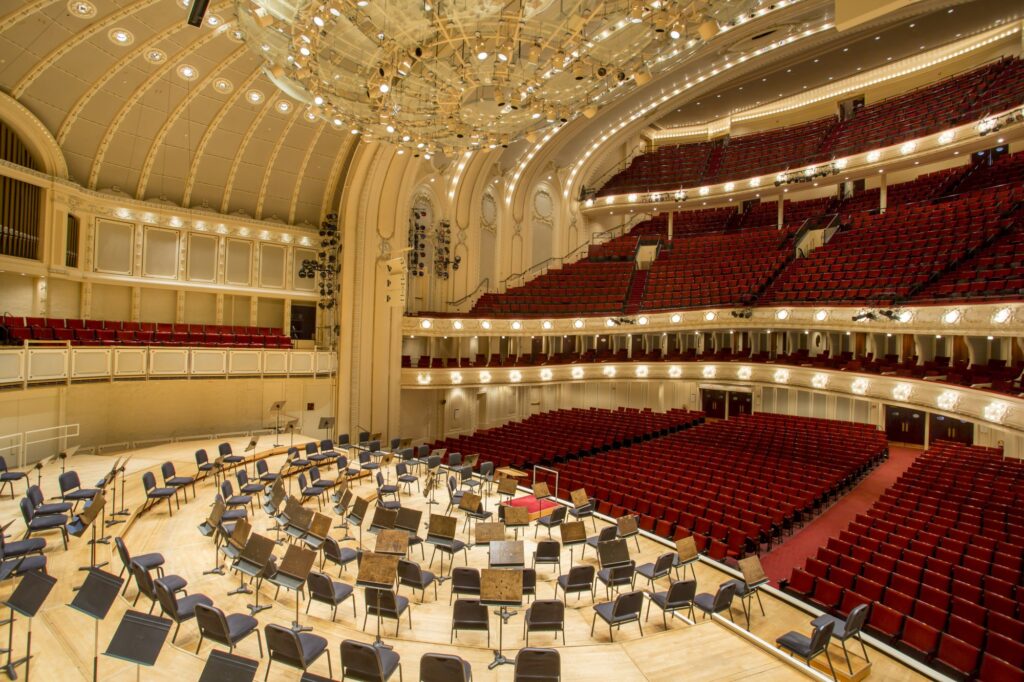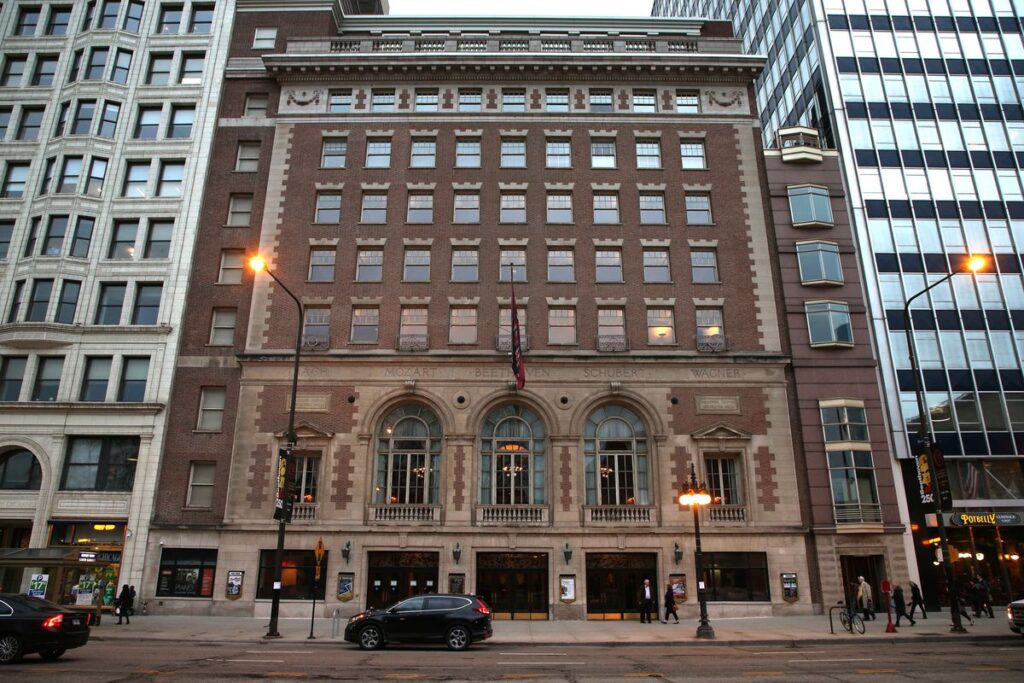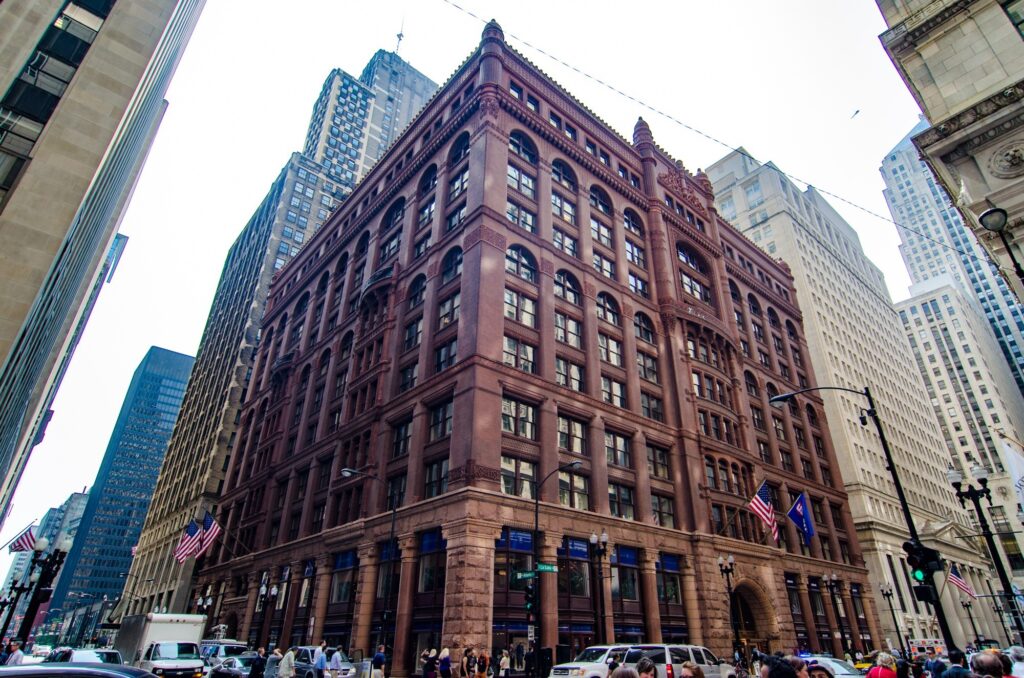This building is an original house designed and built by Gustav Stickley in 1909 in Maplewood, New Jersey. Stickley was most recognized for his revolutionary ideas surrounding the craftsmanship of furniture, interior rooms and furnishings, and finally homes. This home encompasses the rustic bungalow and hand-craftsmanship that he attempted to modernize at the time. The wood exterior, stone pathways, and large glass windows help to incorporate the surrounding forestry environment into the rustic building, fitting as the home was originally meant as a vacation home to avoid the New York City heat. Further the turquoise color of the building, today, helps to encapsulate the surroundings, suppressing the building into the woods and maintaining its quiet, separated appeal.
This home reminds me of my house in Argyle, Texas, as my house is surrounded by tall trees and woods with a dark, rustic feeling about it. As the building has been modernized, with a listing price now of $1,399,000, the building has, in my opinion, survived the test of time and is a very beautiful home. As is similar with my house, this building now would serve the purpose of providing a possible retirement home or single-family home for people looking for solitude and quiet away from New York City while still having access to the metropolitan area. While the rustic nature of the building and old-fashioned sense may be comforting and homely to many, I would prefer a more modern, sleek home for that expensive of a price.
Overall, I do not think that there is any denying the beauty and serenity of this home through both its use of traditional hand-craftsmanship and incorporation of the nice environment. The use of wood throughout the interior spaces with rustic furniture would likely transport you to another time if you were living there. Everything about the building seems so quiet and peaceful, being the perfect place to relax and retire. However, that is probably exactly why this house would not be my preference.
27 Sagamore Rd, Maplewood, NJ – An Original Gustav Stickley Home (thegosselingroup.com)


